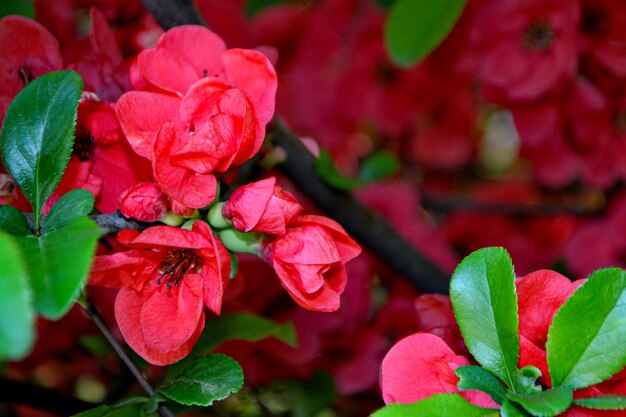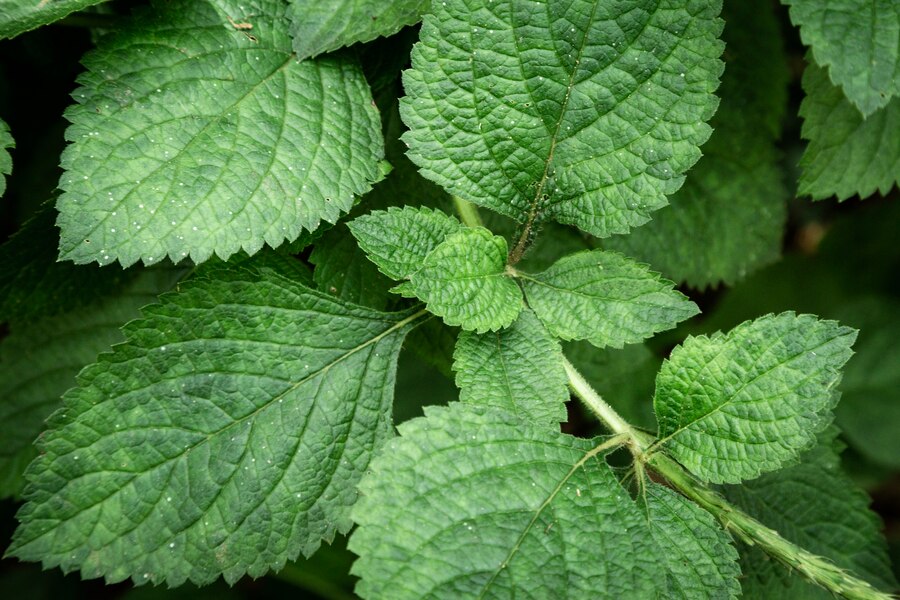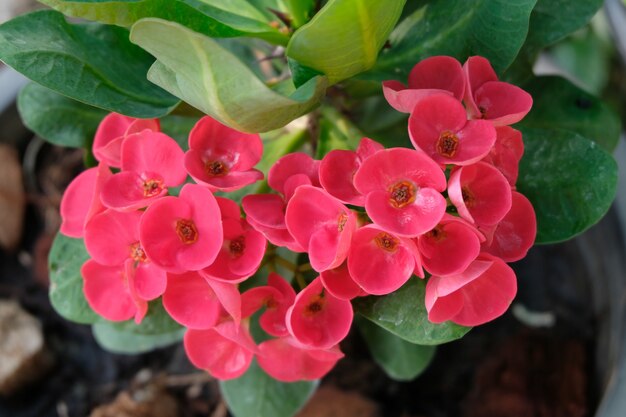Begonia Mallacoota is one of the most charming species within the Begonia family, known for its precise appearance and flexibility. Whether you are an avid gardener or a pleasant plant fanatic trying to boost your collection, Begonia Mallacoota is a cute addition to any indoor or outdoor lawn. In this complete guide, we can dive into each element of Begonia Mallacoota to help you boom and cope with this plant virtually.
From statistics to its beginning vicinity to offering you the recommendations to preserve it thriving, this manual will cover all of it.
What is Begonia Mallacoota?
It is a rare species of the Begoniaceae family and is popularly found in Australia. It is well known for its appealing foliage and smooth upkeep, making it a favourite among beginner and experienced gardeners. The leaves have a wonderful, nearly iridescent, greenish hue with complicated veins that make it visually attractive. Unlike many one-of-a-type species, Mallacoota no longer requires brilliant care and may adapt to numerous environmental conditions, making it perfect for indoor settings and no shaded outdoor areas.
How to Grow Begonia Mallacoota
Light Requirements
Mallacoota flourishes in oblique daylight hours or partial colour. It prefers exquisite but filtered mild, so placing it near a window with sheer curtains is suitable for the indoor boom. Direct daylight hours can singe its leaves, so keeping away from an unnecessary measure of openness to cruel sunbeams is essential. For entryway blasts, ensure the plant is situated in a concealed region wherein it gets dappled sunlight.
Watering Schedule
One critical factor in preserving Begonia Mallacoota’s health is a steady watering schedule. The soil should typically stay barely wet but in no way waterlogged. Overwatering can cause root rot, which is not unusual for this species. Water the plant as fast as the top inch of soil feels dry to the touch. Throughout the cold weather months, diminish watering on the grounds that the plant enters a lethargic stage.
Ideal Soil Conditions
Begonia Mallacoota prefers well-draining soil with a slightly acidic pH. A potting combination designed for begonias or a homemade combo with equal additives: peat moss, perlite, and lawn soil will work exceptionally. The soil desires to preserve moisture without becoming waterlogged, which could result in fungal troubles or root harm.
Humidity Levels
This plant enjoys mild to immoderate humidity degrees. If you’re growing the Mallacoota interior, using a humidity tray or a small room humidifier can drastically enhance its fitness. For door growth, ensure the plant is placed where humidity ranges are better, including being close to a water feature or shaded garden mattress.
Fertilising Begonia Mallacoota
Like most vegetation, Begonia Mallacoota has advantages over ordinary fertilising. Utilise a fair, water-solvent manure once every month at a couple of stages inside the developing season (spring and summer). Make it first class by weakening the compost to around 50% of the solidarity to try not to consume the plant’s underlying foundations. During the fall and snowy climate months, the recurrence of preparation is decreased in light of the fact that the plant’s development dials back.

Propagation of Begonia Mallacoota
Propagation using manner of Stem Cuttings
One of the very excellent strategies to propagate Mallacoota is through stem cuttings. Choose a healthy stem with at least nodes and cut it surely below the node. Dip the lessen stop into rooting hormone powder and place it in a region with a nicely-draining potting combination. Keep the soil wet and cover the soil with a plastic bag to create a damp environment. Roots have to boom internally for 4-6 weeks.
Propagation via the use of Leaf Cuttings
Another method is to propagate Begonia Mallacoota using leaf cuttings. Select a healthy leaf and divide it into small sections, making sure each section has a vein. Place the leaf sections onto a moist potting mix and cover them with a plastic dome or bag. Within a few weeks, tiny flowers need to begin to grow from the veins.
Normal Bugs and Illnesses
Pests
Although Mallacoota is particularly strong, it may be defenceless to bothers such as aphids, bug parasites, and mealybugs. Consistently look at the plant for indications of pervasions, such as yellowing leaves or webbing. If pests are present, treat the plant with insecticidal cleansing soap or neem oil to prevent further harm.
Diseases
Root rot and powdery mould are common sicknesses that can affect Mallacoota. Both are often the result of overwatering or horrific air movement. Ensure the plant is not sitting in waterlogged soil to prevent root rot. For powdery mould, improving airflow throughout the plant and using a fungicide can help.
Seasonal Care Tips
- Spring: Begin fertilising and increase watering because the plant begins to grow actively.
- Summer: Ensure the plant isn’t always uncovered to direct daylight hours and keep regular watering.
- Fall: Progressively lessen watering and treating because the plant’s development dials back.
- Winter: Keep the plant in a groovy, humid environment and reduce watering.

Conclusion
Begonia Mallacoota is a beautiful, easy-to-care-for plant that might thrive in many environments. With proper care, it’ll praise you with colourful foliage and continued boom for years of destiny. Whether you are on the lookout to bring life to your indoor lawn or create a lush outdoor oasis, Mallacoota is a brilliant preference. Following the stairs stated in this manual ensures your Mallacoota remains healthy and colourful for all 12 months.
F.A.Q.s about Begonia Mallacoota
How often should I water Begonia Mallacoota?
Water when the top inch of soil is dry. Avoid overwatering to forestall root decay.
Can I develop Begonia Mallacoota indoors?
Yes, it prospers in the interior with vibrant, oblique, mild, and slight humidity.
What shape of soil is the quality for Begonia Mallacoota?
A well-draining potting mixture with mild acidity is proper for this plant.
How do I propagate Begonia Mallacoota?
You can use stem or leaf cuttings.
What pests should I look out for?
Aphids, insect parasites, and mealybugs are common nuisances, and regular disturbances include aphids, bug vermin, and mealybugs.

